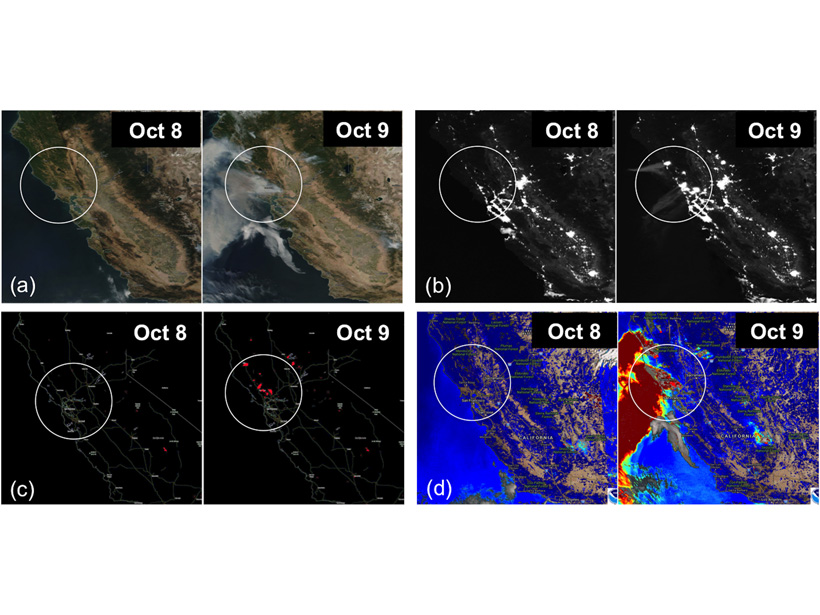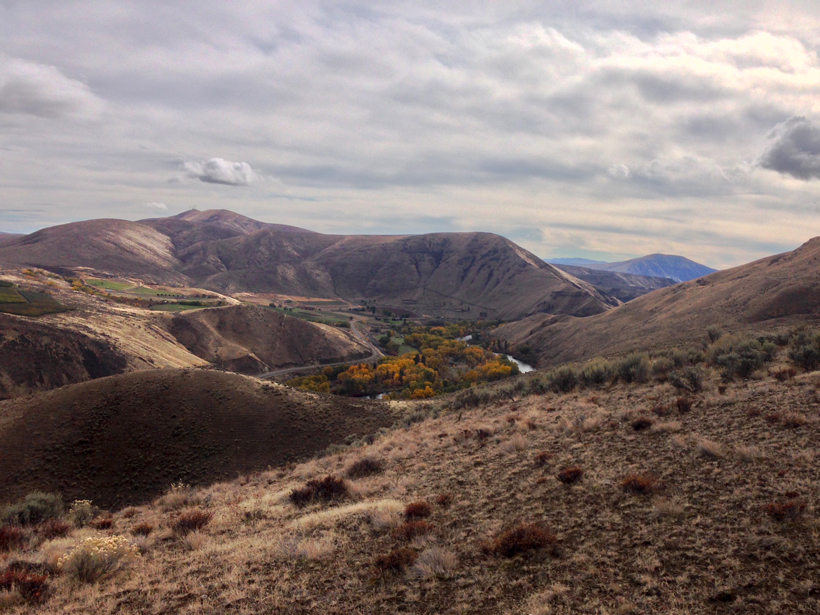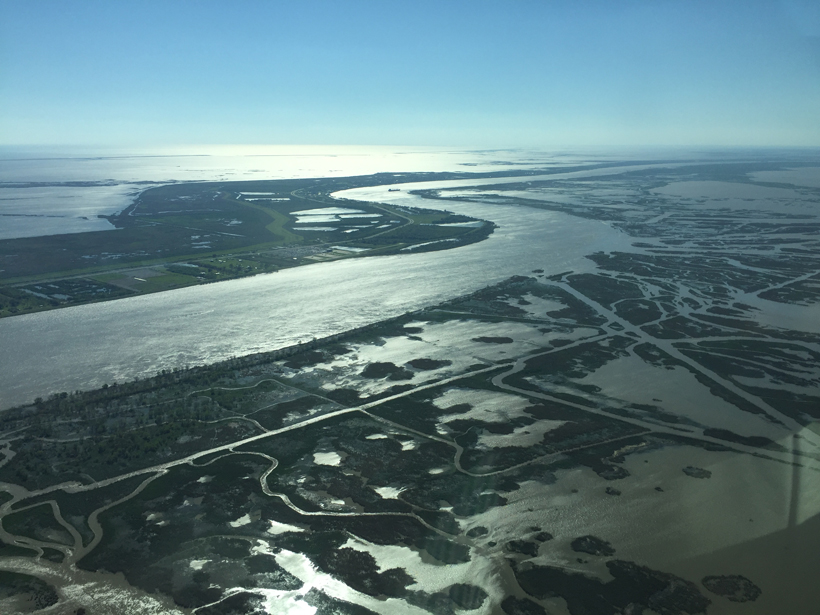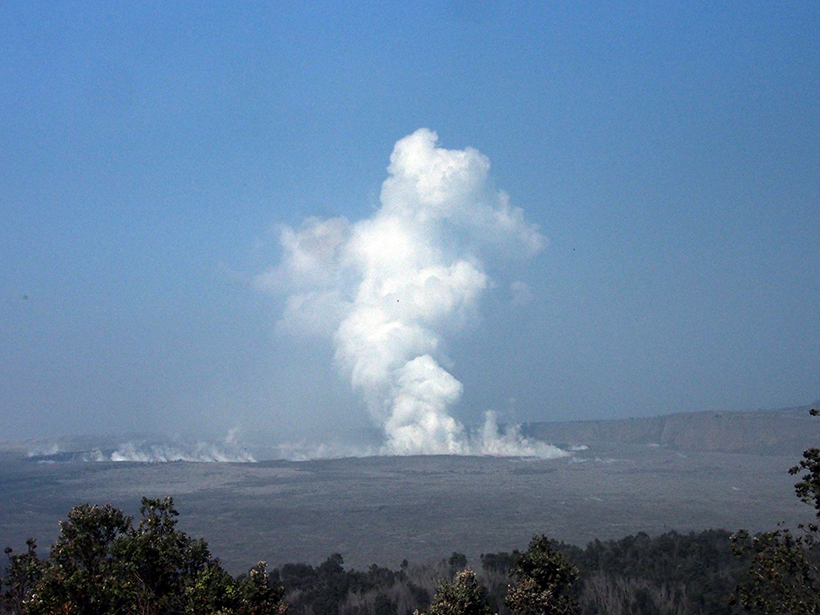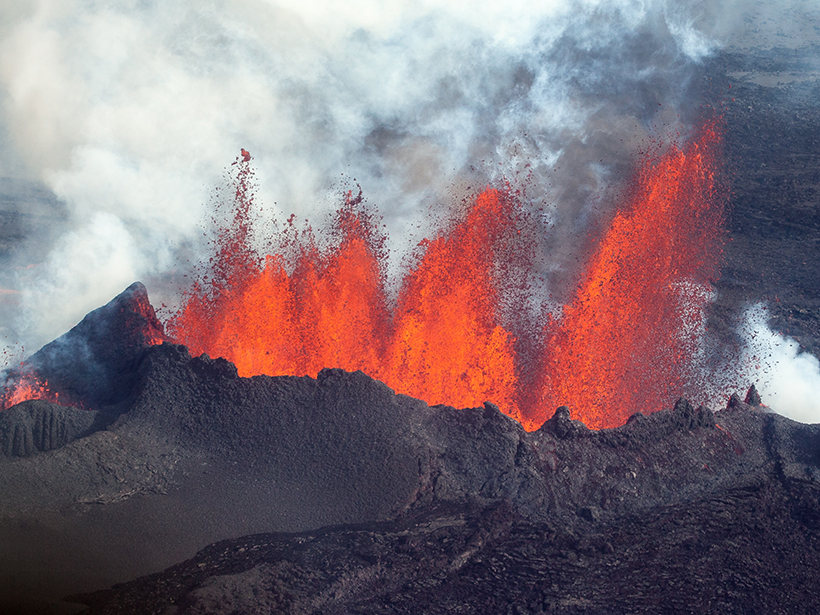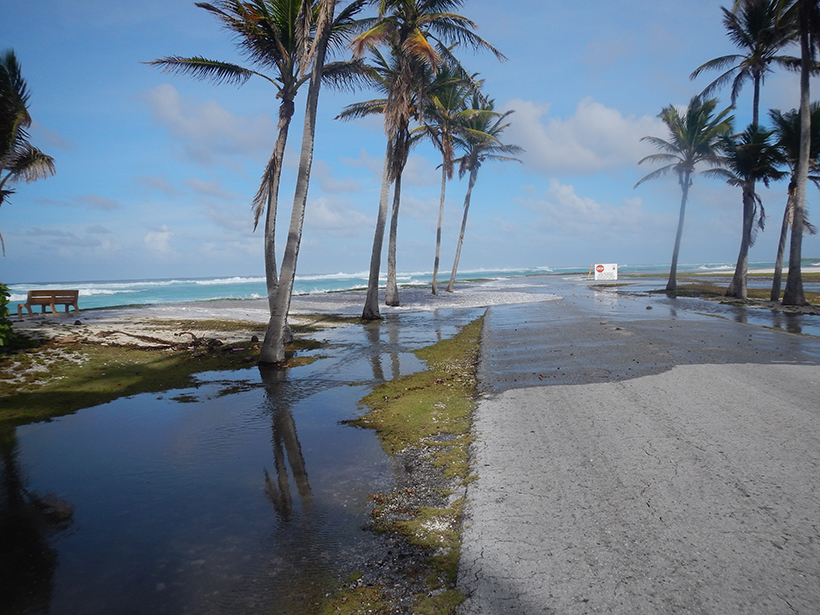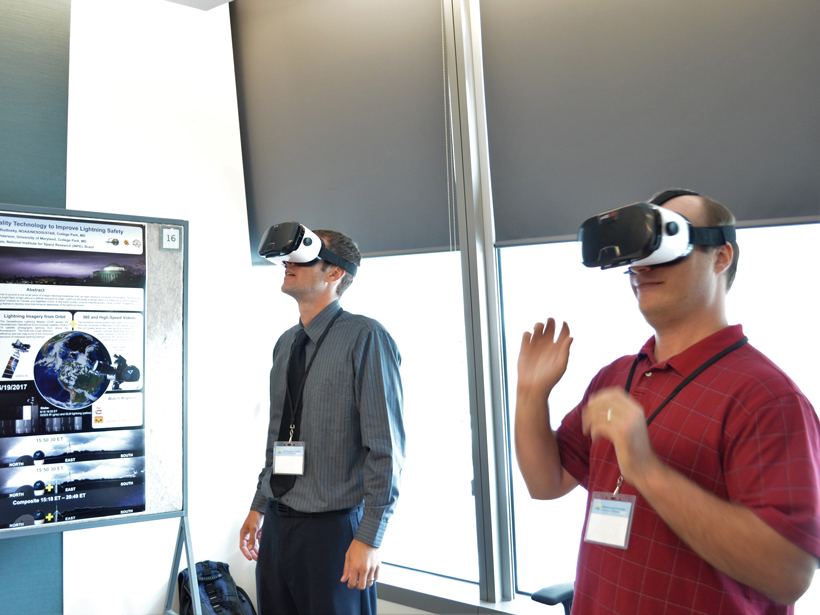Satellite measurements coupled with inexpensive air quality monitors could help protect humans from smoke particulates during wildfire events.
Hazards & Disasters
Constraining Central Washington’s Potential Seismic Hazard
Fault geometry and slip rate analyses show deformation in the Yakima Fold Province accelerated in the Pleistocene and has remained elevated, offering new insights into earthquake recurrence intervals.
Rethinking the River
The Mississippi River and its delta and plume provide insights into research-informed approaches to managing river-dominated coastal zones.
Huge Spike in Quakes Badly Damages Kīlauea Observatory
Meanwhile, some scientists say that the 35-year eruption from the Pu‘u Ō‘ō vent has ended and that the flows since 3 May are a new eruption. Others take issue with this view.
Magma Flow in a Major Icelandic Eruption
Mechanical modeling suggests that previous, undetected eruptions released tectonic stress near the ice-covered Bárðarbunga volcano.
Faster Lava Flows, Explosive Eruptions Begin at Kīlauea
Scientists say the dramatic increase in flows is likely due to the arrival of younger, hotter magma in the system.
Challenges of Forecasting Flooding on Coral Reef–Lined Coasts
Understanding Flooding on Reef-lined Island Coasts Workshop; Honolulu, Hawaii, 5–7 February 2018
NOAA Seeks Emerging Technologies to Further Its Mission
National Oceanic and Atmospheric Administration Emerging Technologies for Observations Workshop; College Park, Maryland, 22–23 August 2017
Steam-Driven Blasts Last Seen at Kīlauea in 1924 May Recur
Sinking magma levels and rockfalls prompt warnings, flight restrictions, and the shutdown of Hawai’i Volcanoes National Park.
A Near-Real-Time Tool to Characterize Global Landslide Hazards
By fusing susceptibility information with precipitation data, a new model generates “nowcasts” to predict the potential for rainfall-triggered landslides in steep terrain between 50°N and 50°S.

